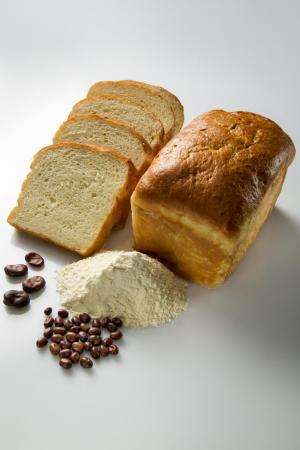Gluten-free faba bean for bread and pasta

VTT has developed food application technologies for an ancient domestic protein crop - faba beans. The nutritious and protein-rich faba beans are mostly used for feed. VTT introduced food product concepts that enable the use of the beans as a food ingredient. Hybrid processing technologies; mechanical separation combined with bioprocessing resulted in a tasty, nutritious and protein-rich bread made from 70% faba bean flour. VTT's methods can also be used to make 100% faba bean pasta.
The sensory characteristics, structure and colour of the faba bean bread are better than those of, for example, products made by combining maize, rice and soy flours.
Using similar methods, VTT has also developed a gluten-free pasta product from 100% faba bean flour or faba bean fractions with or without fermentation treatment. The products were comparable to pasta made from durum wheat semolina.
Faba bean has not traditionally been used in baking, as it contains compounds that are problematic with regard to production and sensory characteristics. VTT solved these problems by combining mechanical fractionation with bioprocessing, thus improving the faba bean's nutritional, technological and sensory characteristics. The method is green as it doesn't involve the use of organic solvents and also cost effective.
Faba bean is an excellent source of protein, and is thus a good meat substitute. Its protein content can be up to 25 to 35%, which is twice that of wheat grain. The faba bean contains plenty of vitamins, minerals, dietary fibre and bioactive compounds that are important to your health.
The faba bean is cultivated in Europe, Canada, Africa and Asia. In Finland, its cultivation has been relatively minor, and the crop is mainly use as feed for pigs and cattle. However, the cultivation is expected to increase due to climate changes and the governmental push towards more domestic proteins. The market prices of the bean are clearly lower than those of peas and soybeans.
Provided by VTT Technical Research Centre of Finland



















